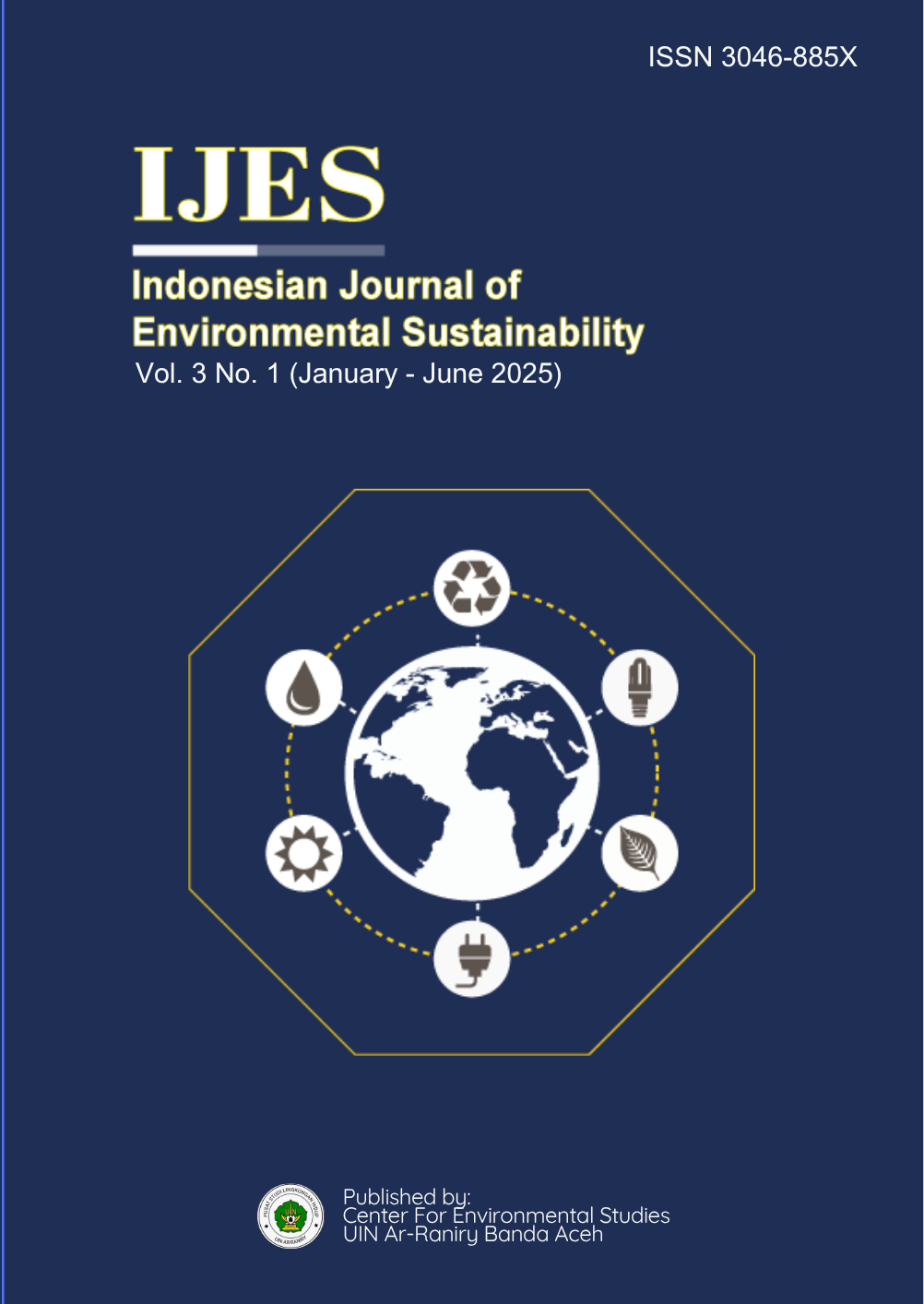CHARACTERISTICS AND CONCENTRATION OF AIRBORNE FUNGI IN PUBLIC BUS TRANSPORTATION IN BANDA ACEH CITY, ACEH PROVINCE
DOI:
https://doi.org/10.22373/ijes.v3i1.7688Keywords:
Airborne Fungi, Concentration of Airborne Fungi, Public Bus TransportationAbstract
Airborne fungi are one of the common pollutants that spread through the air and frequently found in public bus transportation. Their transmission of airborne fungi can have an impact on health and is considered an important public health problem. The presence of airborne fungi can cause various respiratory diseases such as asthma, bronchopulmonary infections, rhinitis and other allergic symptoms. The concentration of airborne fungi in buses has a significant correlation between the level of fungi and the number of passengers. High concentrations of fungi in transportation can affect human health. The purpose of this study was to determine the concentration of airborne fungi in buses and the types of fungi in the air on buses that had just arrived and those that were about to depart for Medan. The sampling method used for collecting airborne fungi is the probability sampling technique, especially by using the random sampling technique and the open plate technique which is left open for 15 minutes while measuring physical factors such as temperature, humidity, light intensity and number of passengers. Samples were taken from 3 buses X, Y and Z found on public transportation buses. The results of this study obtained the concentration of fungi in the air on buses that had just arrived and those that were leaving for Medan reaching 105, 9 CFU/m3 on bus X, 70, 6 CFU/m3 and 141, 2 CFU/m3 on bus Y, and 46, 9 CFU/m3 and 151, 8 CFU/m3 on bus Z, meaning that these values do not exceed the indoor air quality standards set by WHO of < 500 CFU/m3. The types of airborne fungi on buses X, Y and Z are Alternaria sp., Aspergillus sp., A. niger, A. flavus, A. fumigatus, Penicillium sp., Clasdoporium sp., C. clasporioides, dan Acremonium sp.
















